QUESTION: I have a small business with only three employees. With such a small company, why do I need an employee handbook and what are the minimum policies I can get away with?
ANSWER: If you have one employee or 20 employees, you need an employee handbook. This is the best tool to communicate your rules/expectations with your team and provides you with the first line of defense should you need to enforce a policy or respond to an employment claim. A handbook allows you to have a formal document, signed and acknowledged by the employee, to show that they were aware of your office policies and agreed to abide by them. Without it, it is your word against theirs and it is amazing how memories fail.
It is important to include policies related to state and federal legal requirements in your handbook. These include policies related to being an Equal Opportunity Employer, anti-harassment and anti-discrimination, wage/pay and employment classification laws, etc. There are handbook resources available through your HR partners/legal counsel that will help you craft appropriate language.
Handbook length can vary greatly, but if minimalism is the goal, then I would suggest starting with the following policies, in addition to policies related to legal requirements outlined above:
- “At-Will” Status – clarifies that you do not have a contract of any kind with your employee and advises them that their employment is based solely on your “will” to employ them and their “will” to stay.
- Standards of Conduct – contains specific expectations related to behavior and conduct. According to an August 2023 decision by the National Labor Relations Board (NLRB), this language cannot be too vague and general.
- Compensation – outlines the terms and conditions of your pay practices including your established seven-day work week for payroll purposes, how hours are to be reported, eligibility for overtime and when you pay your employees.
- Benefits – describes the benefits you offer and who is eligible for them. Employees often have many questions related to benefits, so including a summary in the handbook provides a helpful reference and ensures consistent information is shared with all employees.
- Communication – establishes expectations for staff and management. Employees are advised they have an obligation to report any incident they perceive as harassment or discrimination and encourages staff to communicate concerns of any kind regarding their employment. This policy is much more important than you may realize. You want employees coming to you. This is how you learn what is going on while you are busy running the business. Your best sources will always be your staff.
- Attendance – describes your expectations for reliable attendance and punctuality, as well as, outlining your call-in procedures and ability to discipline/terminate for excessive absenteeism and/or tardiness. Unreliable attendance is a very common reason for discharging an employee. If the employee files for unemployment, you are going to be asked whether or not you had an attendance policy and whether or not the employee violated it. If you are unable to provide your written expectations (and proof that the employee knew about these expectations) then you are not only going to be down an employee, but probably on the hook for unemployment too.
- Discipline – informs your staff of the consequences you will enact if policies and procedures aren’t followed. It’s important not to commit to a progressive discipline policy if you want to retain your “at-will” status. You can, however, list various courses of action you might take without listing them in any particular order. This policy gives you teeth when dealing with non-compliance. If, however, management does not fairly and consistently administer the policy, it could do great damage to morale, relationships, and productivity.
- Handbook Acknowledgement – this is a separate document from the handbook and provides evidence that your employee formally received the handbook, has read it, and agrees to abide by the policies outlined within it. If you use an electronic version of your handbook, be sure that employees have free, private, and unfettered access to it. Also, make sure staff are formally notified of any changes.
All of these policies should be carefully constructed to make sure they do not harm the business. Poorly written policies may result in confusion and illegal policies can create more serious liabilities. Regardless of your handbook’s length or level of sophistication, it is best to have your handbook reviewed by a HR professional or an attorney before implementation to ensure it will work for you, rather than against you.

